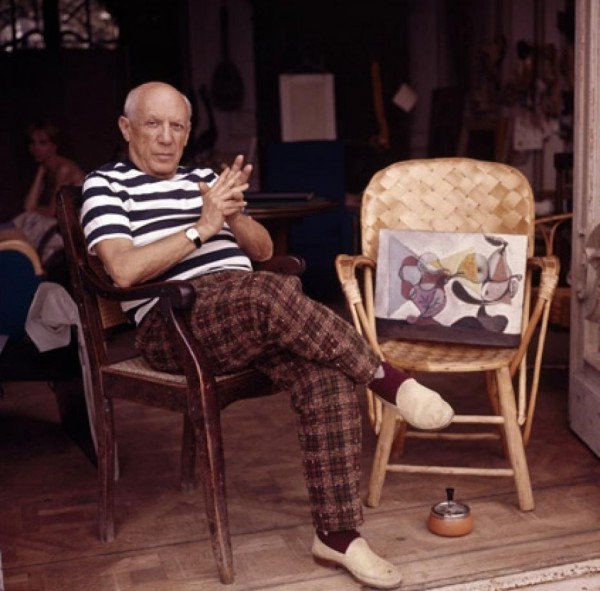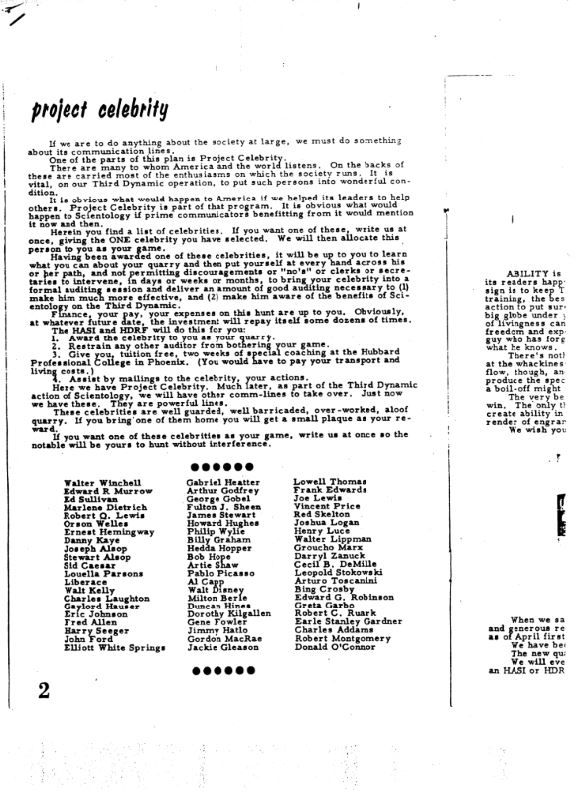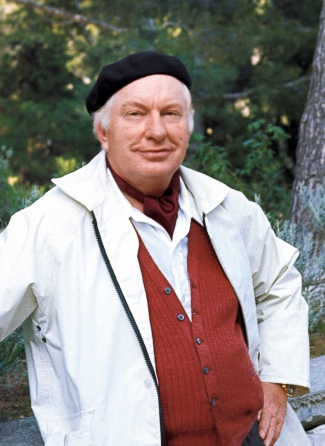Art & Exhibitions
Was Pablo Picasso a Scientologist?
It all may have started at a glitzy New York art opening.

Photo: via Meltystyle.fr.
It all may have started at a glitzy New York art opening.

Sarah Cascone

“I remember I was up at a Picasso show in New York one time,” says L. Ron Hubbard in a video on a Scientology website about the time in 1938 that he and a friend visited a show of work by the Spanish artist on Park Avenue. “He and I forgot about the crowd and got quite involved,” says Hubbard who notes they were engrossed in arguments over the work on view.
“We were going along from painting to painting to painting. And all of a sudden we noticed there was a tremendous zone of silence around us…. We must have had 30 or 40 people trailing along with us listening to every word we said.”
While at the time Hubbard was still toiling away as a pulp fiction writer, that show (which was likely at the Valentine Dudensing Gallery, the UES gallery which had a Pablo Picasso show that year (MoMA does not have a Picasso show listed for that year) and where Picasso’s Guernica began its American tour the following year) must have had an impact on the future charismatic leader. And, per the video, he admittedly knew nothing of the artist at the time.
By 1955, Hubbard knew enough about Picasso to put him on a high-profile target list in an effort he dubbed “Project Celebrity.” A Scientology newsletter introduced the initiative, which was designed to bring not only Picasso, but Ernest Hemingway, Walt Disney, Greta Garbo, and Arturo Toscanini among others, into the religion’s fold.

Image via Xenu.net via Business Insider.
On the occasion of the theatrical release of HBO’s Going Clear: Scientology and the Prison of Belief, the documentary directed by Alex Gibney, which opened Friday March 13 in theaters, about the controversial religion, we couldn’t help but have Scientology on the mind and wondered if any of our favorite artists had gone the way of Tom Cruise and John Travolta.
“These Celebrities are well guarded, well barricaded, over-worked, aloof quarry,” warned the bulletin, going on to offer special rewards evangelists who completed their task. “If you want one of these celebrities as your game, write us at once so the notable will be yours to hunt without interference.”
Did any one ever take on the task of converting Picasso, and were they able to make any inroads with the artist?
artnet News reached out to Picasso biographer John Richardson to see if he’d encountered any additional information about the Picasso/Scientology connection, but has yet to receive a response. While the third installment of Richardson’s four-volume biography, A Life of Picasso, ends at 1932 (way before Hubbard cottoned on to Picasso), Richardson’s next and final installment will cover the years 1933–73, which might include any potential flirtation between the artist and the religion.
While there aren’t any well-known Scientologist artists today, the church’s website offers video interviews with a number of artists that are viewable on its “Meet a Scientologist” series. There, you’ll find gallery owners, painters, photographers, and sculptors who have adopted the faith. In 2010, Scientology PR rep Erin Banks told the Huffington Post that there are so many artists in the church that “I could not begin to name them without omitting important names.”

Hubbard.
Photo: via artist.lronhubbard.org.
Hubbard himself had no shortage of opinions on the arts. In addition to his sci-fi classic, Battlefield Earth, and other contributions to the genre, Hubbard also penned a number of instructional essays on art. “Art in Its Basics,” “Art and Communication,” “The Joy of Creating,” and “How to View Art” are among the chapters in his 1991 compilation Art.
The Scientology website also offers a “Hubbard Basic Art Course” based on the book that promises to teach successful artistic communication, “no matter what type of art you are into, even if it’s only the art of living itself.”
The book boasts a four-and-a-half-out-of-five-star rating based on 16 Amazon reviews, one of which claims that after reading, “you will no longer have to ‘pretend’ to like things which really are NOT art!! What a relief, eh???”
With that in mind, one can only imagine what kind of advice Hubbard might have had to offer Picasso.